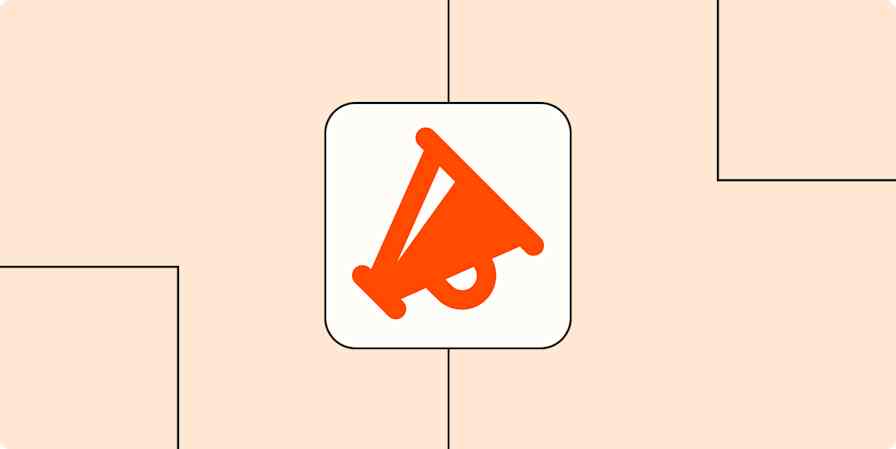Marketing tips
5 min readHow to craft your brand message (with template)
This brand messaging framework will help you communicate a consistent marketing message across all your touchpoints.
By Joe Stych · August 26, 2021

Get productivity tips delivered straight to your inbox
We’ll email you 1-3 times per week—and never share your information.
Related articles
Improve your productivity automatically. Use Zapier to get your apps working together.








